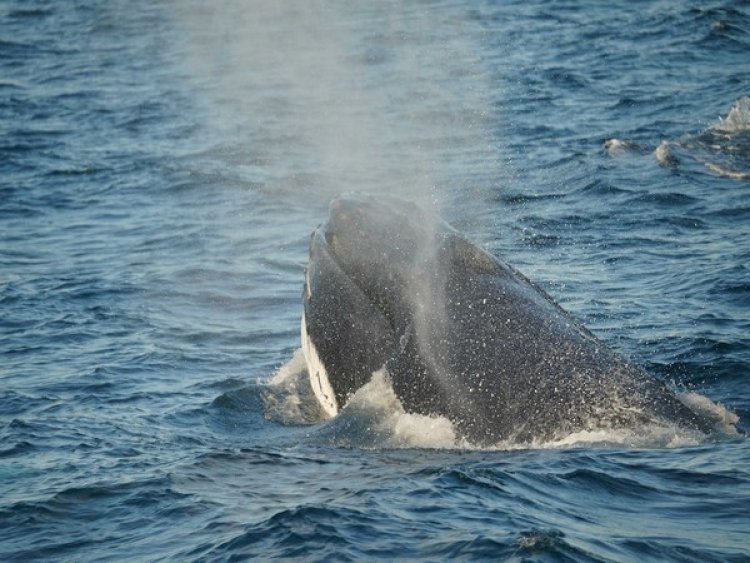Researchers find new species of early-toothed whale

Los Angeles, US: Researchers found a new species of early odontocete, or toothed whale, that swam along the North Pacific coastline around 28 million years ago.
The study was published in the journal, 'PeerJ.'
"Olympicetus thalassodon and its close relatives show a combination of features that truly sets them apart from any other group of toothed whales. Some of these characteristics, like the multi-cusped teeth, symmetric skulls, and forward position of the nostrils make them look more like an intermediate between archaic whales and the dolphins we are more familiar with," said Dr Velez-Juarbe, Associate Curator of Marine Mammals at NHMLAC.
But Olympicetus thalassodon was not alone, the remains of two other closely related odontocetes were described in the same paper. The fossils were all collected from a geologic unit called the Pysht Formation, exposed along the coast of the Olympic Peninsula in Washington State and dated to between 26.5-30.5 million years.
The study further revealed that Olympicetus and its close kin belonged to a family called Simocetidae, a group so far known only from the North Pacific and one of the earliest diverging groups of toothed whales. Simocetids formed part of an unusual fauna represented by fossils found in the Pysht Formation and which included plotopterids (an extinct group of flightless, penguin-like birds), the bizarre desmostylians, early relatives of seals and walruses, and toothed baleen whales.
Differences in body size, teeth and other feeding-related structures suggest that simocetids showed different forms of prey acquisition and likely prey preferences. "The teeth of Olympicetus are bizarre, they are what we refer to as heterodont, meaning that they show differences along the toothrow", noted Dr Velez-Juarbe, "this stands out against the teeth of more advanced odontocetes whose teeth are simpler and tend to look nearly the same."















































